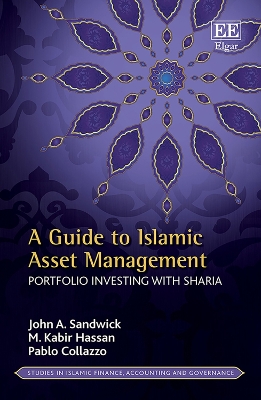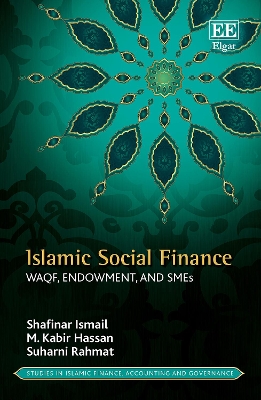Studies in Islamic Finance, Accounting and Governance
2 total works
A Guide to Islamic Asset Management
by John A. Sandwick, M K Hassan, and Pablo Collazzo
Established on a foundation of Modern Portfolio Theory, the book extends the theory to include asset management based on sharia. Chapters also consider how ethical investing is quickly becoming the driving force of the $100 trillion asset management industry. Taking a practical approach, John A. Sandwick, M. Kabir Hassan and Pablo Collazzo compare conventional and sharia portfolio performance and risk through measurement tools commonly used in asset management, including Sharpe ratio, standard deviation, Value at Risk, annualized mean return, and correlation. They map conventional portfolio construction and optimization, then reproduce the same processes with real-world, sharia-compliant portfolios.
This book will be critical reading for scholars and students of Islamic economics and finance, Islamic studies, and financial regulation. Considering Islamic asset management as a unique function of Islamic finance, this book will also be a useful resource for practitioners and finance professionals.
The authors explore the relationship between the roles Waqf plays in realizing the SDGs, its contributions in many sectors of the economy, and the Waqf practices among the Southeast Asia countries, particularly Malaysia. They highlight the existing Waqf models and framework that have been used by many countries for entrepreneurship that can be used or adapted for the benefits of SMEs.
This book is a comprehensive overview for academics, postgraduate students, entrepreneurs, and policy makers who wish to understand how Waqf can contribute to the economic progress of individuals and society at large.

